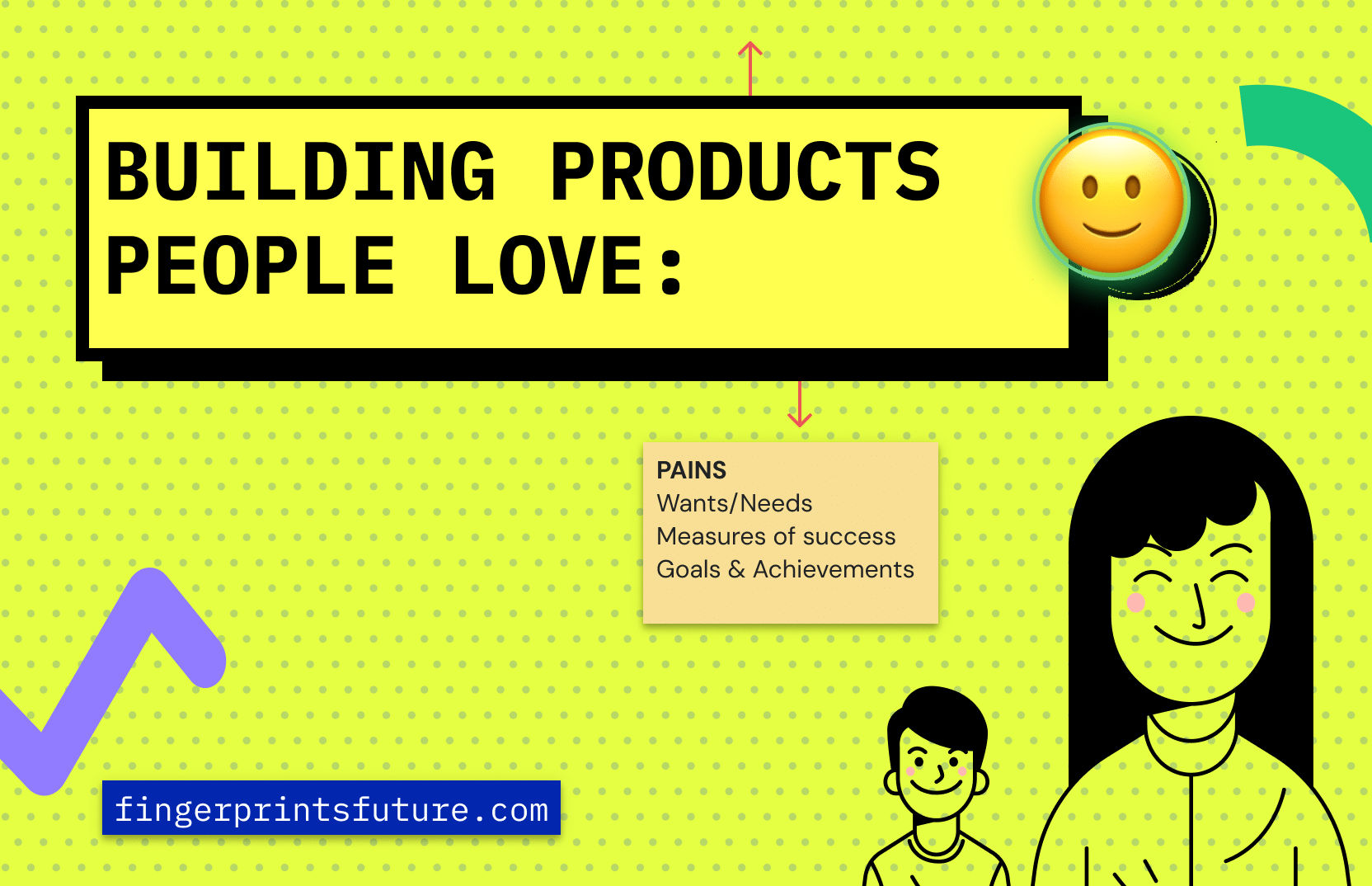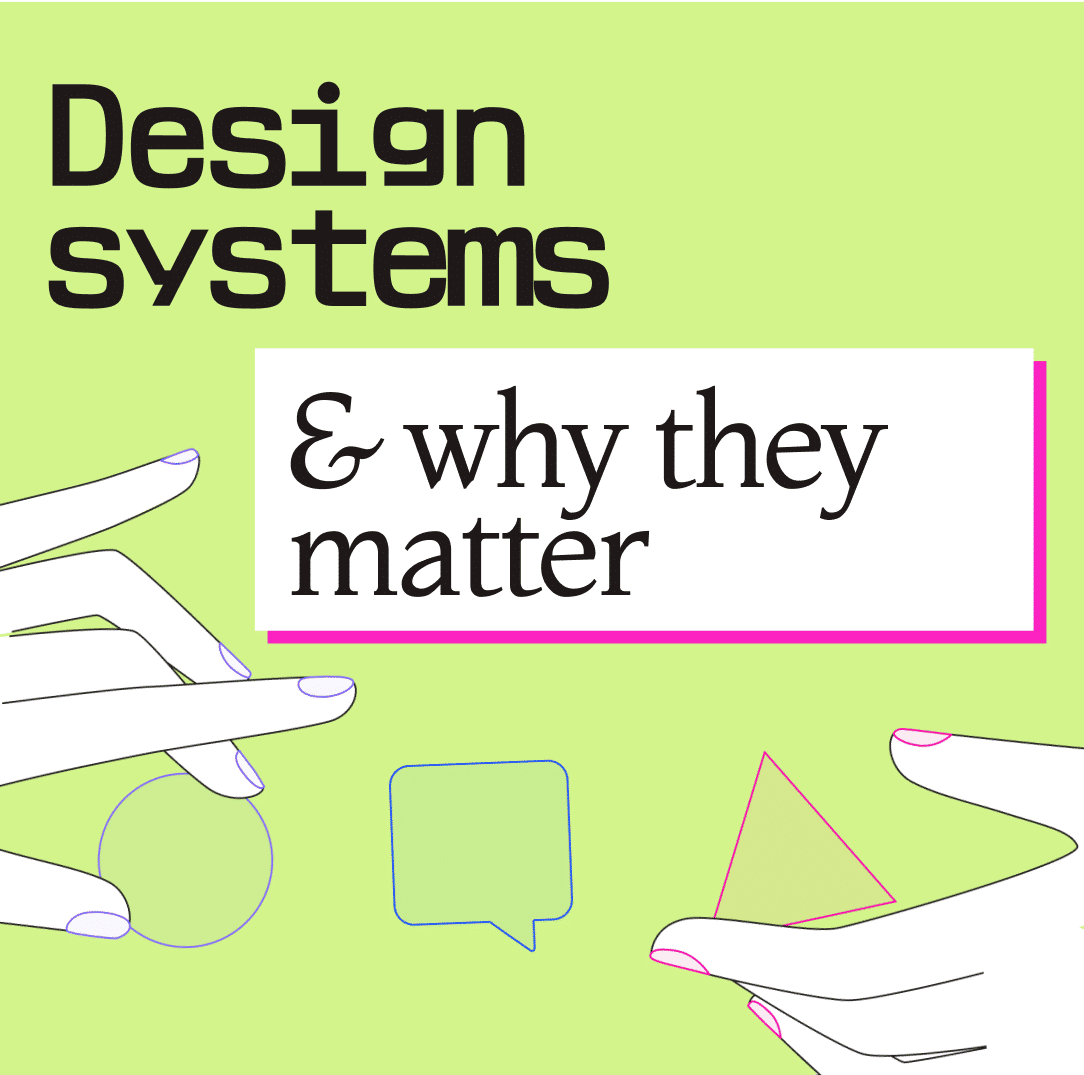Let's be real, no one knows your customers better than your customers themselves. And that's why research is so important - it gives you a direct line to understanding their needs, wants and pain points. It's like being able to read their minds, without the creepy vibes.
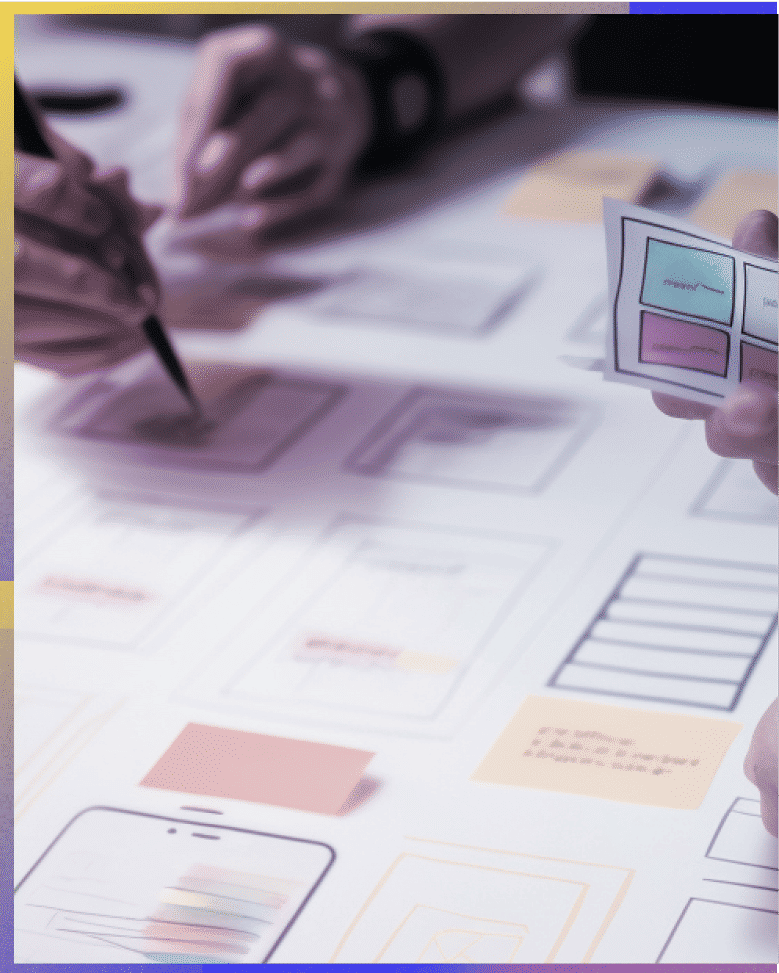
By conducting research, you're able to make informed decisions about what features to include, how to design the user interface, and how to position your product. It allows you to build products that truly solve your customers' problems and makes their lives easier.
And the best part? Research doesn't have to be complicated or time-consuming. With the right approach, you can gather valuable insights in a way that's efficient and effective. So whether you're just starting out with your product or you're looking to improve upon an existing one, don't overlook the power of research. Trust us, your customers
(and your bottom line) will thank you.
Practice what you preach - An oldie but a Goldie
So you've read about the importance of research in product design, but you're probably wondering - what does that look like in practice? Well, let us tell you about a little project we worked on here at Future. We had the opportunity to work with a company called Loyalty Caravan, who had a vision for a web-based application that helps banks and their customers redeem their debit or credit card usage points for miles on airplane tickets. And we were thrilled to be able to not only design but also develop this application from scratch for them.
When we first got our hands on the project, it was clear that it had potential. But, as with most products, it wasn't quite hitting the mark when it came to user experience. That's where we came in. We dove headfirst into research mode, talking to customers, bank representatives, and even travel agents to get a better understanding of what they needed and wanted from a loyalty program.
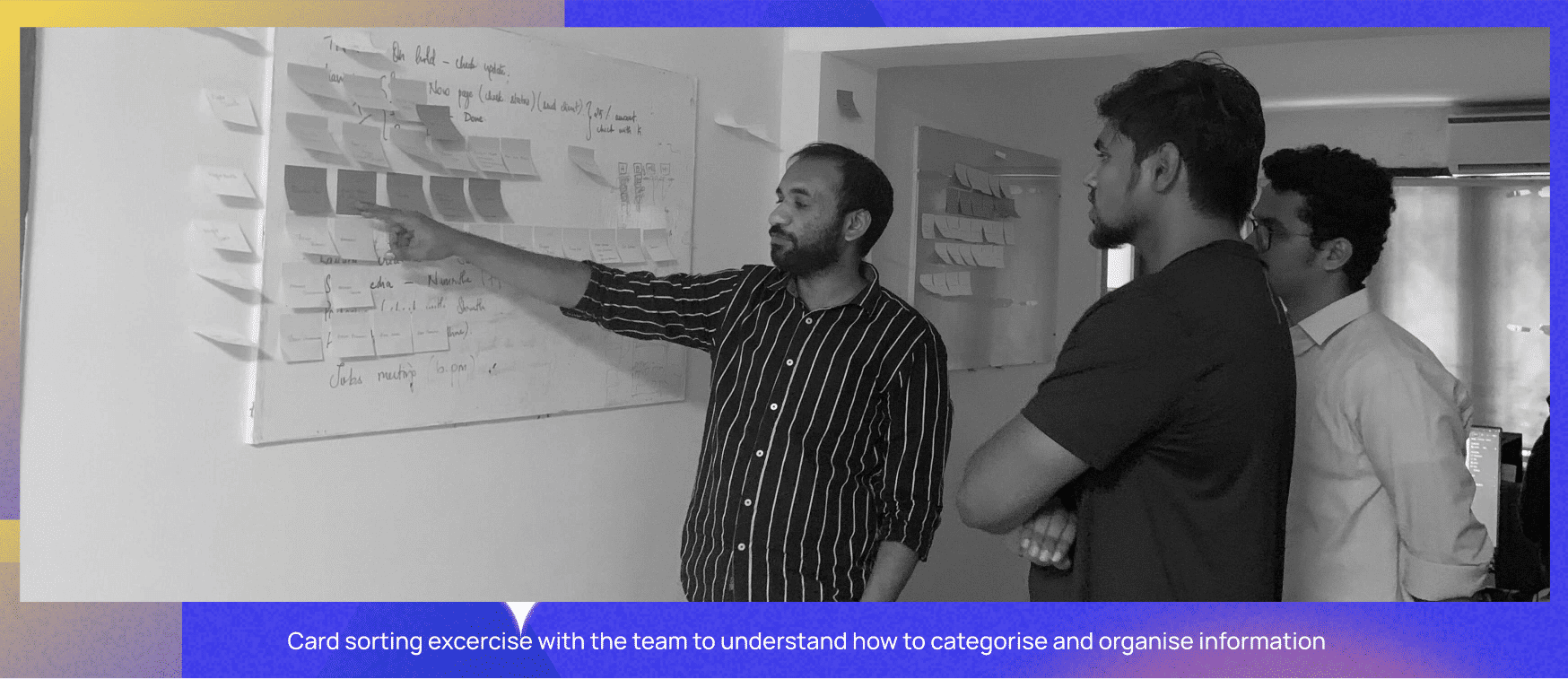
Through our research, we learned that customers wanted a seamless experience when it came to redeeming their points and booking travel. They wanted to be able to easily browse and compare deals, and have the ability to book and cancel directly on the platform. We also learned that banks wanted a platform that was easy to integrate with their existing systems and provided detailed reporting on customer engagement.
Armed with this information, we were able to work with the Loyalty Caravan team to design and develop the application from scratch, creating a user experience that met the needs of both customers and banks. We streamlined the redemption process, made it easy to browse and compare deals, and integrated reporting capabilities for the banks. And let us tell you, the end result was a thing of beauty.
It's always a thrilling to see a product go from an idea to a reality, and that's exactly what happened with Loyalty Caravan. And it's all thanks to the power of research. By truly understanding the needs of our users, we were able to design and develop a product from scratch that not only looked good, but delivered real value. So, next time you're planning on building something new, remember: research is the key ingredient to making something great.
Designing with the User in Mind: Inside Look at the
Research Behind Loyalty Caravan's Web-based Application
In terms of secondary research, we looked at a variety of sources to gather information that had
already been collected and published by others. This include
01
Market Research
We conducted research to understand the competitive landscape in the loyalty program and travel booking industry. This helped us to identify key players in the market and understand how they were currently rewarding customers
02
Industry trends and best practices
We also looked at industry trends and best practices to understand what was currently popular and effective in the market. This helped us to identify features and functionality that were in demand and could be included in the Loyalty Caravan platform.
03
Existing loyalty programs
We also looked at existing loyalty programs offered by banks and airlines to understand how they were currently rewarding customers and what kind of rewards customers were looking for. This helped us to identify opportunities for differentiation and understand what was already out there.
You may read this and think to yourself, how very basic. Sometimes, that's all you need to create an app that is successful. As we discussed, usability is an essential aspect of app and digital product design, and it is especially important for apps that are frequently used on smartphones. One of the key challenges in designing apps for smartphones is ensuring that they are easy to use with just one hand. With so many apps vying for our attention, it's crucial for designers to create products that are both easy to use and accessible for everyone.
The primary and secondary research we conducted for the Loyalty Caravan project was a crucial step in designing and developing a platform that met the needs of both customers and banks. By gathering information ,we were able to gain a deep understanding of the specific needs, wants, and pain points of our customers. This information allowed us to create a platform that truly solved their problems and made their lives easier.
Additionally, the secondary research we conducted helped us to understand the competitive landscape, identify industry trends and best practices, and understand existing loyalty programs offered by banks and airlines. This helped us to identify opportunities for differentiation and understand what was already out there in the market.
Overall, by combining both primary and secondary research methods, we were able to gain a comprehensive understanding of the needs and wants of our target audience, which allowed us to create a platform that met the specific needs of our customers while also standing out in a crowded market. The research we conducted helped us to identify key features and functionality that needed to be included in the platform, as well as areas where the user experience could be improved.
The research was a vital step in the development of Loyalty Caravan, it allowed us to understand the user's needs and preferences, which resulted in a platform that is user-friendly and meets their needs. Thanks to the research, we were able to create a product that not only looked good, but truly solved their problems and made their lives easier.
Designing for Real People
Understanding the Customer Personas and User Journeys behind Loyalty Caravan's Web-based Application
As part of the research process for the Loyalty Caravan project, we also created customer personas to represent the different types of users that would be using the platform.
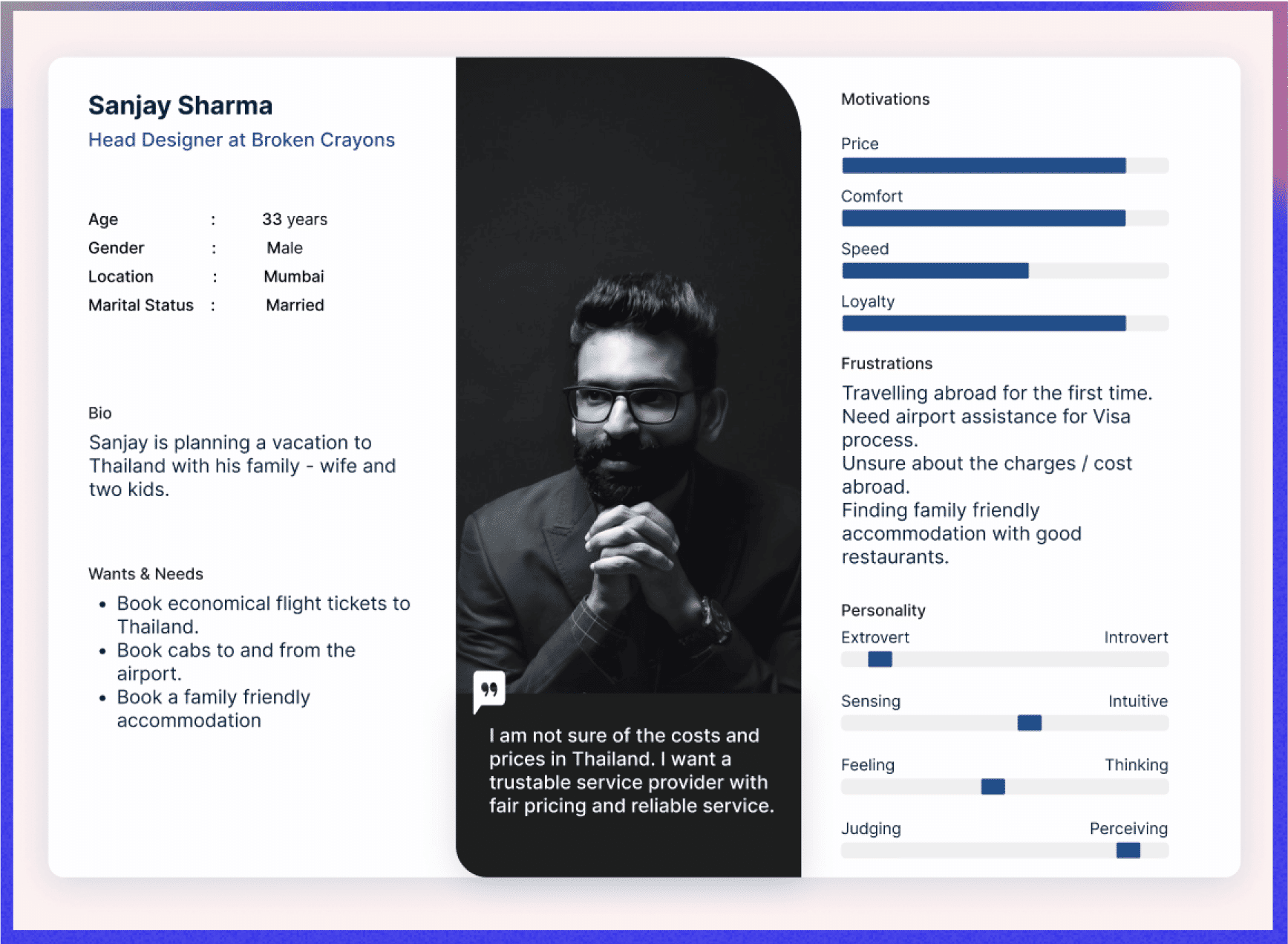
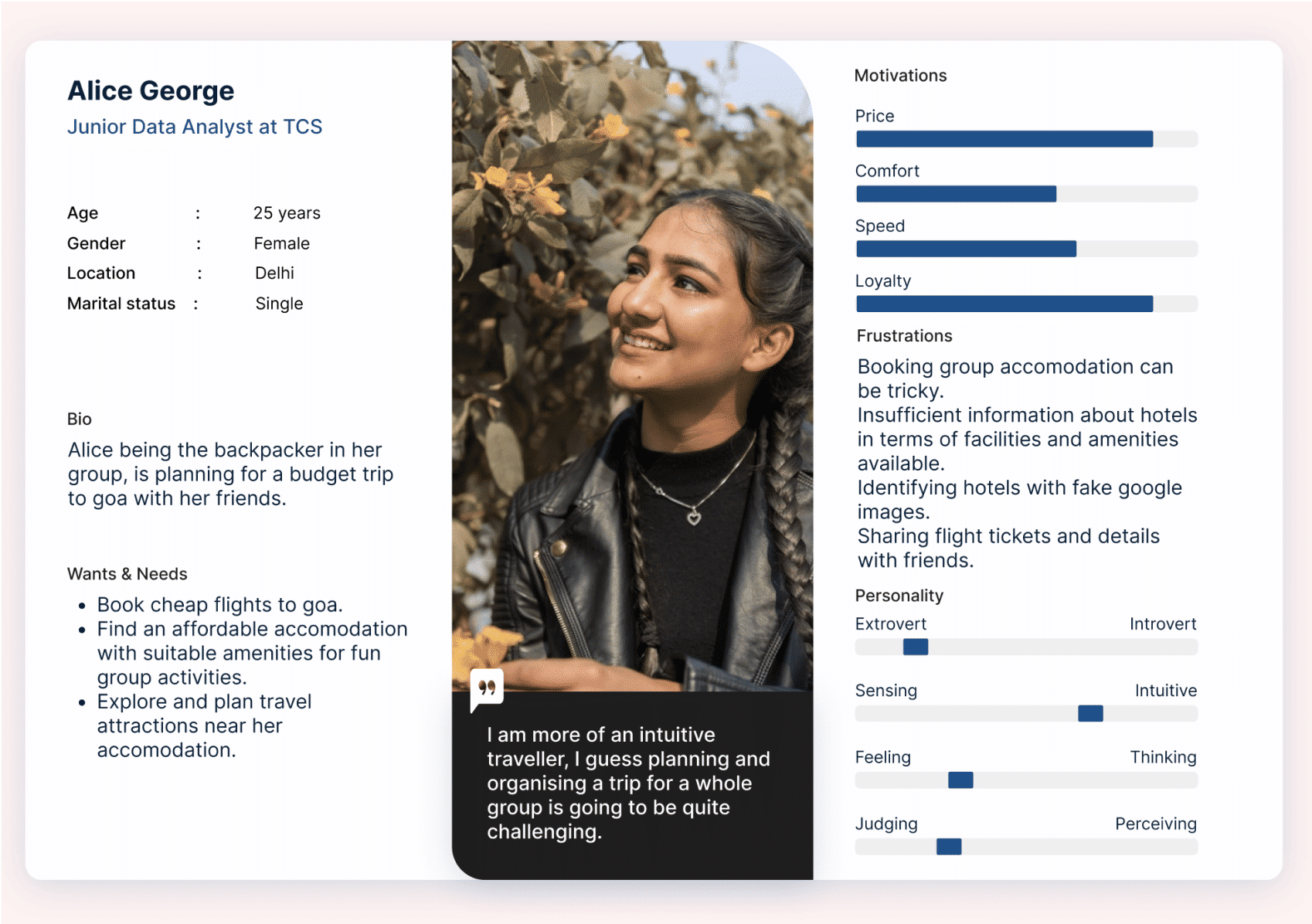
For example, Sanjay’s user journey would include:
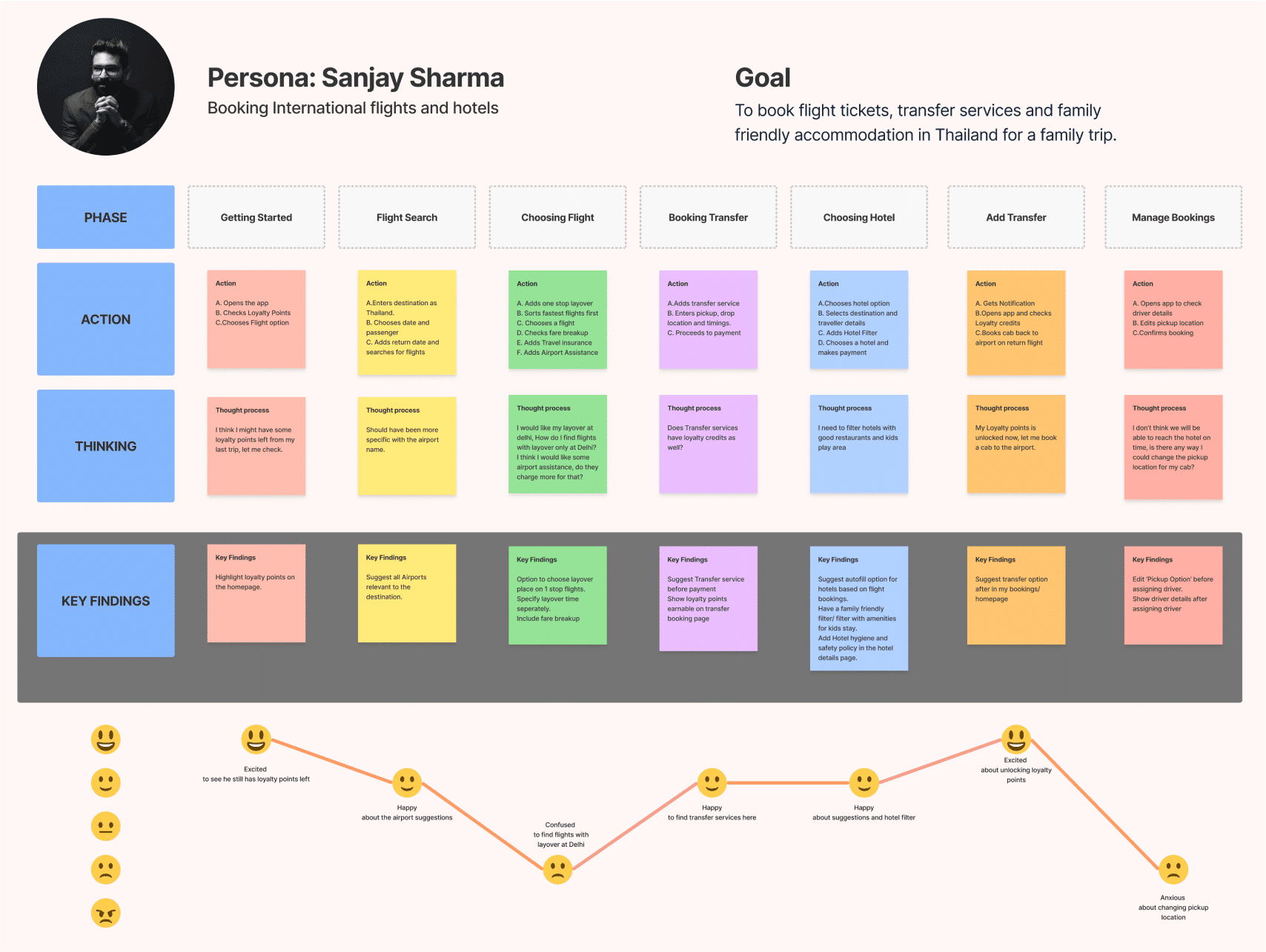
Conculsion
In conclusion, creating customer personas and user journeys was an essential step in the design process for the Loyalty Caravan project. By understanding the wants, needs, and pain points of our target users, we were able to create a platform that truly met their needs and made their lives easier.
With this understanding in hand, we moved on to the next phase of the design process, which involved creating wireframes and prototypes of the platform.
Through this process, we were able to take the Loyalty Caravan platform from an idea to a fully-functioning web-based application that provided real value to our customers. The end result was a platform that not only looked good, but delivered real value to our customers and stood out in the market.
The team at Future lives for projects like these, where we can apply our design and development expertise to create products that truly solve problems and make a difference in people's lives. We are passionate about creating user-centered designs and enjoy the process of taking an idea and turning it into a reality.

 All Work
All Work